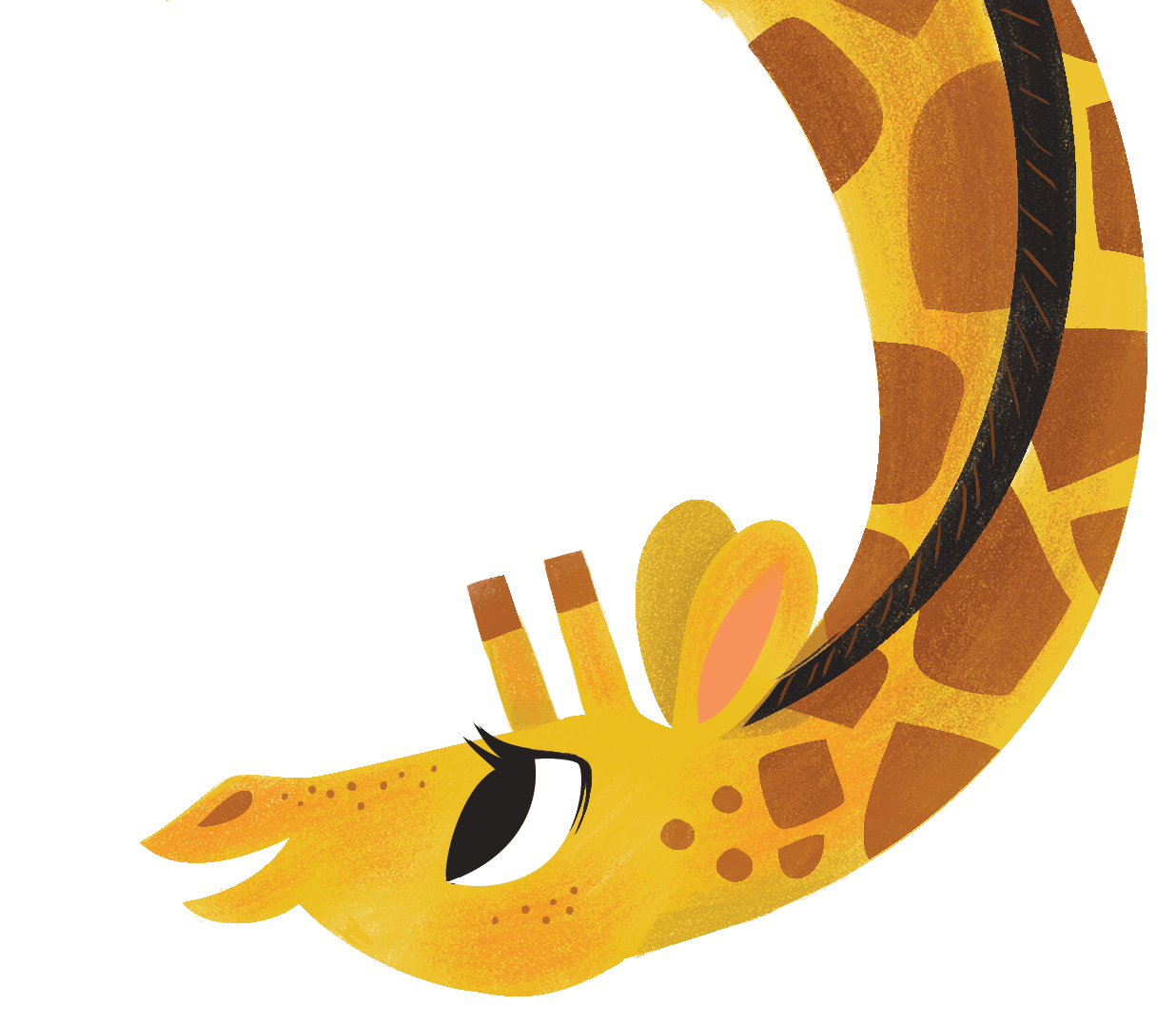John Fuller writes that between running a print shop, making up the US postal system and America’s first lending library, and seed-planting for the revolution, Ben Franklin “also found time to draw up a vast collection of new devices.” And he never patented any of them. “Pretty good for a bored-looking guy on the $100 bill.”
http://science.howstuffworks.com/innovation/famous-inventors/10-ben-franklin-inventions.htm
 The words lending library caught my eye, there.
The words lending library caught my eye, there.
When I was reading Managing Transitions on the airplane, flying to Michigan, Minnesota, Missouri (specializing in the M places this time around), I was captured–as I wrote in my last blog–by the fact that if you want to make a change effectively, you need a vivid mental picture of what the new thing will look like.
(I wonder what picture of a lending library guided Ben Franklin. From having helped plant 60 libraries for children in Ethiopia–few of which are lending libraries–I’m impressed at the multitude of tiny things that have to work for books to find their right places on the shelves and in the hands of the readers who will slurp up the stories and ideas inside.)
On my first time through the book, I was caught by the PICTURE idea. Once I got to my first and second M states and started working with the other teammates engaged by the dream of Ethiopia Reads (www.ethiopiareads.org) I had to go back to re-read
“Some people really respond to the picture. Once they get it in their heads, they find a way to reach the destination that has captured their imagination. Many executives and planners fall into this group, and because they don’t feel as much of a personal need for a plan that spells out the details of the route from here to there, they underestimate how much others need a plan.”
Uh-oh.
Guilty.
 At Vermont College MFA, we argue a lot about the usefulness of outlines in the process of creating a novel. Too tight an outline and your characters become your pawns, leaping from block to block because you need them to do this, go there, feel such-and-such in order to serve your outline. They don’t feel fleshy and REAL and compelling…because their motivations aren’t organic. They are being driven by a plot engine.
At Vermont College MFA, we argue a lot about the usefulness of outlines in the process of creating a novel. Too tight an outline and your characters become your pawns, leaping from block to block because you need them to do this, go there, feel such-and-such in order to serve your outline. They don’t feel fleshy and REAL and compelling…because their motivations aren’t organic. They are being driven by a plot engine.
No road map at all? You might get something delightfully organic…and big fat messy.
You might feel so scared as you work that your voice gets drowned out and smothered by Fearnando.
Fearnando is what my author friends and I named the big ol’ fears everyone has to fight off when they are doing something new and big and scary. One of my VCMFA students created this button that I have by my desk.
Back, back Fernando.
Ol’ Ben seems to have been someone who could dream the dream AND plan the plan. Amazing.
Vision pulls me forward, whether inventing a book or Ethiopia Reads. But no one ever finished a novel or grew a nonprofit into something that will last without being patient
step
step
step
step.


1 thought on “Ben Franklin, Ben Frankllin”
Glad that book has continued to be an inspiration. I too was caught by William Bridges’ recommendation to find a good metaphor for your transition. I found my team didn’t like my first metaphor for our neutral zone: a fallow season. My colleagues thought “fallow” had too many negative connotations. I disagreed — giving soil time to build nutrients for the next crop seemed perfect to me — but it wasn’t worth the argument. My more successful metaphor came from our last backpack trip: the high plateau — a flat, elevated place between one big push and another. High plateaus tend to be arid places, harder to find the glacial streams that fall to the valleys, so you have to pack extra water to cross them. But high plateaus are alpine meadows of hardy, dainty flowers. They offer inspiring but daunting views of the climb you just made, the one ahead and the terrain lying all around.